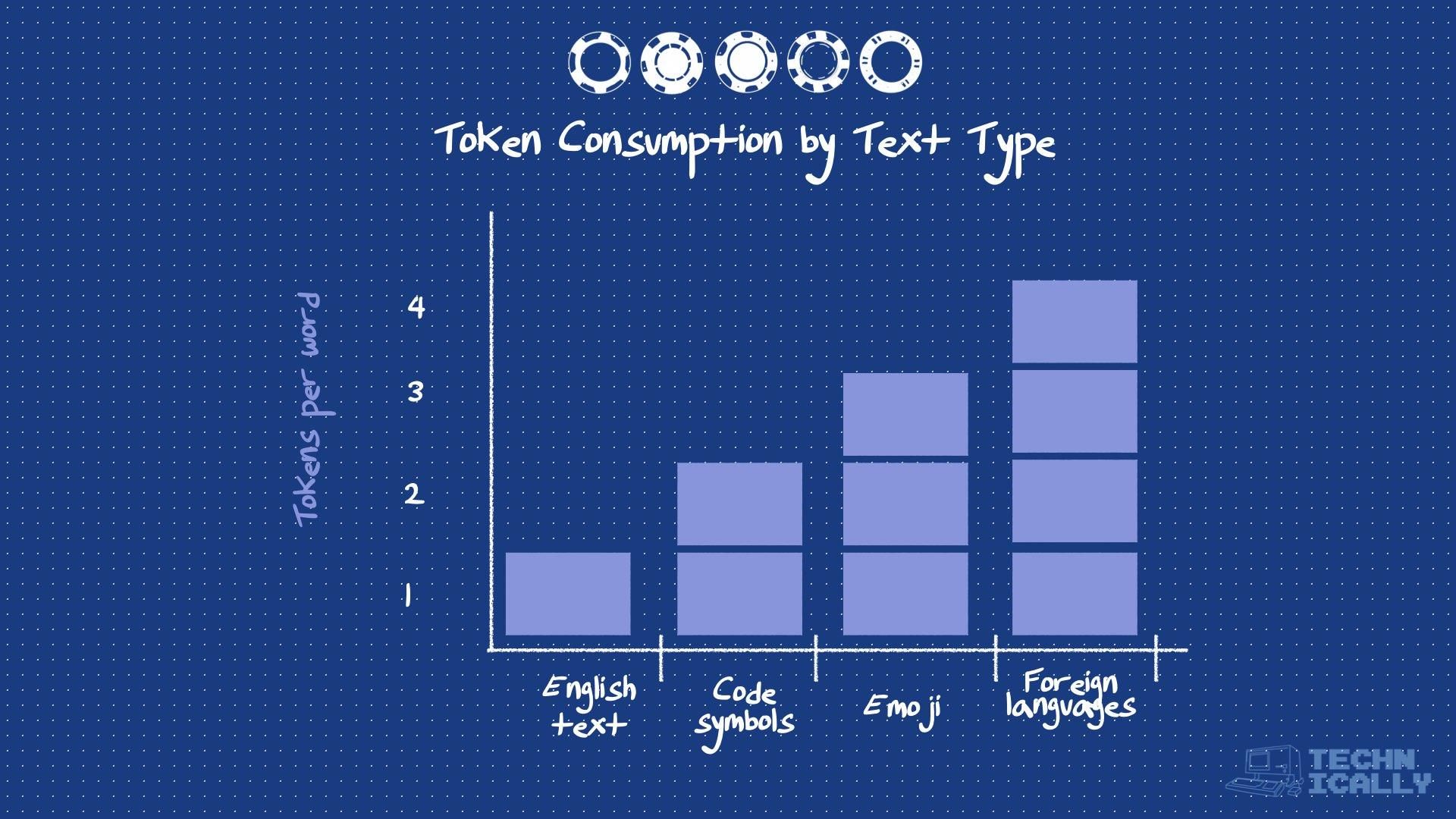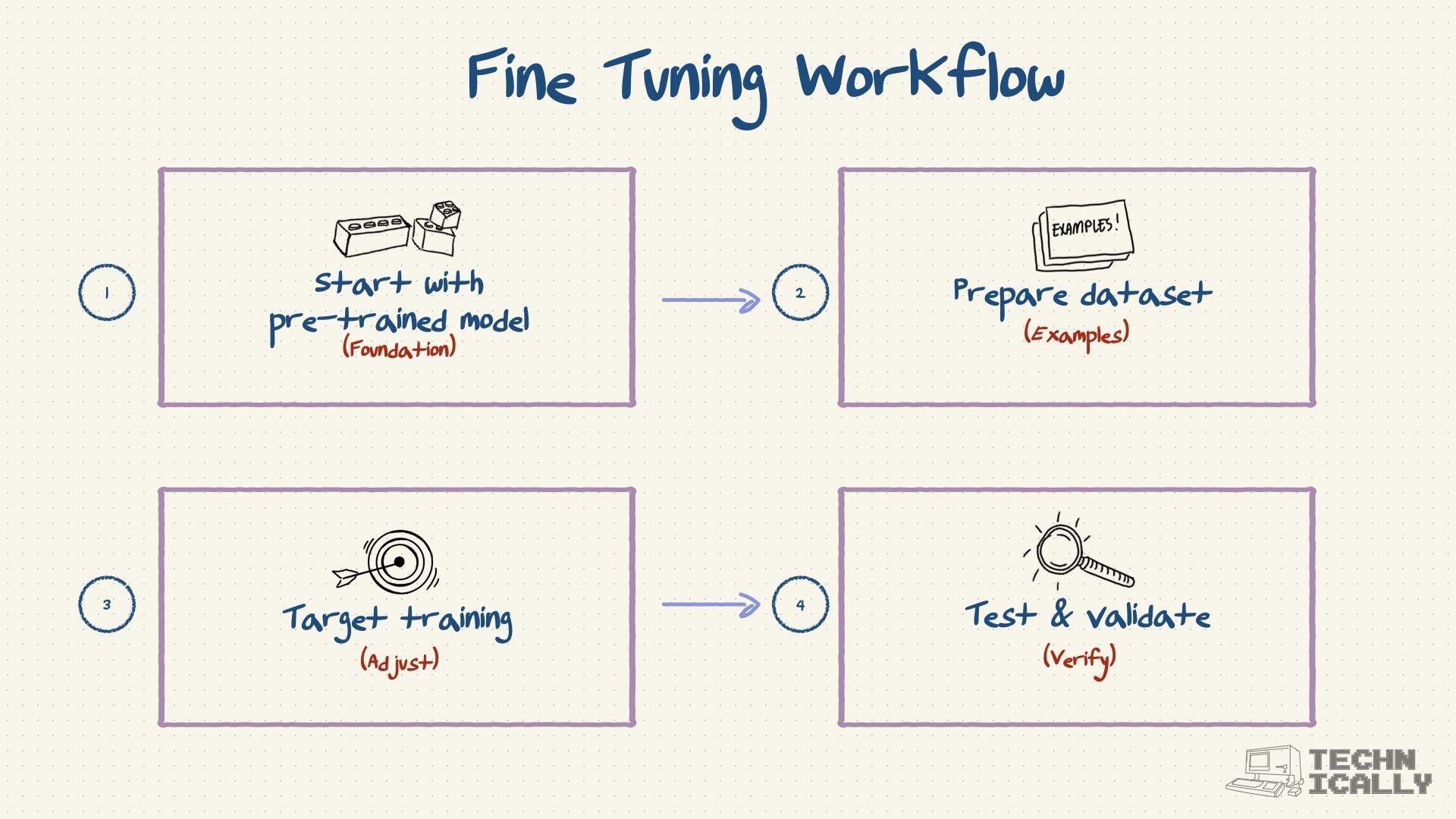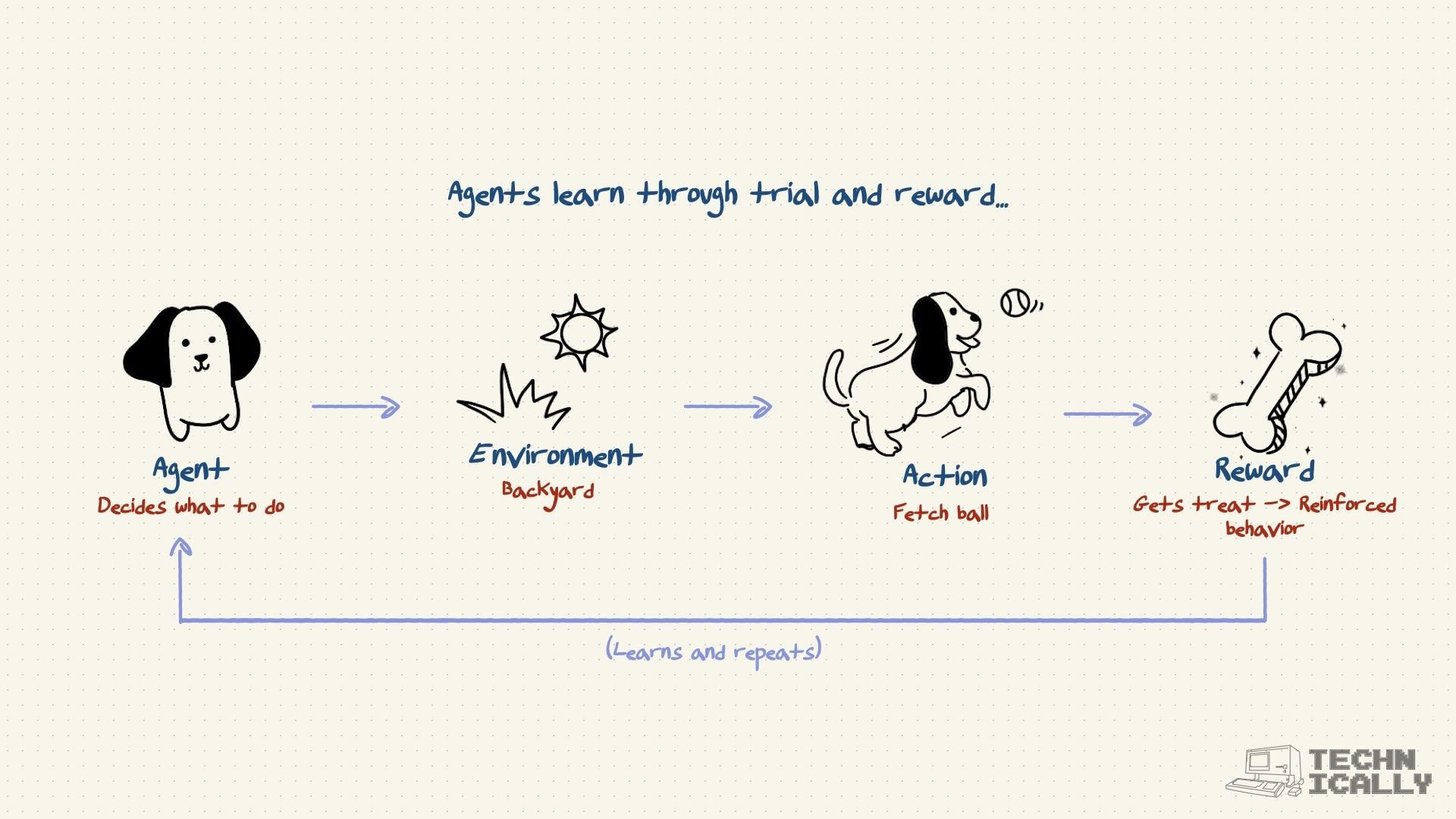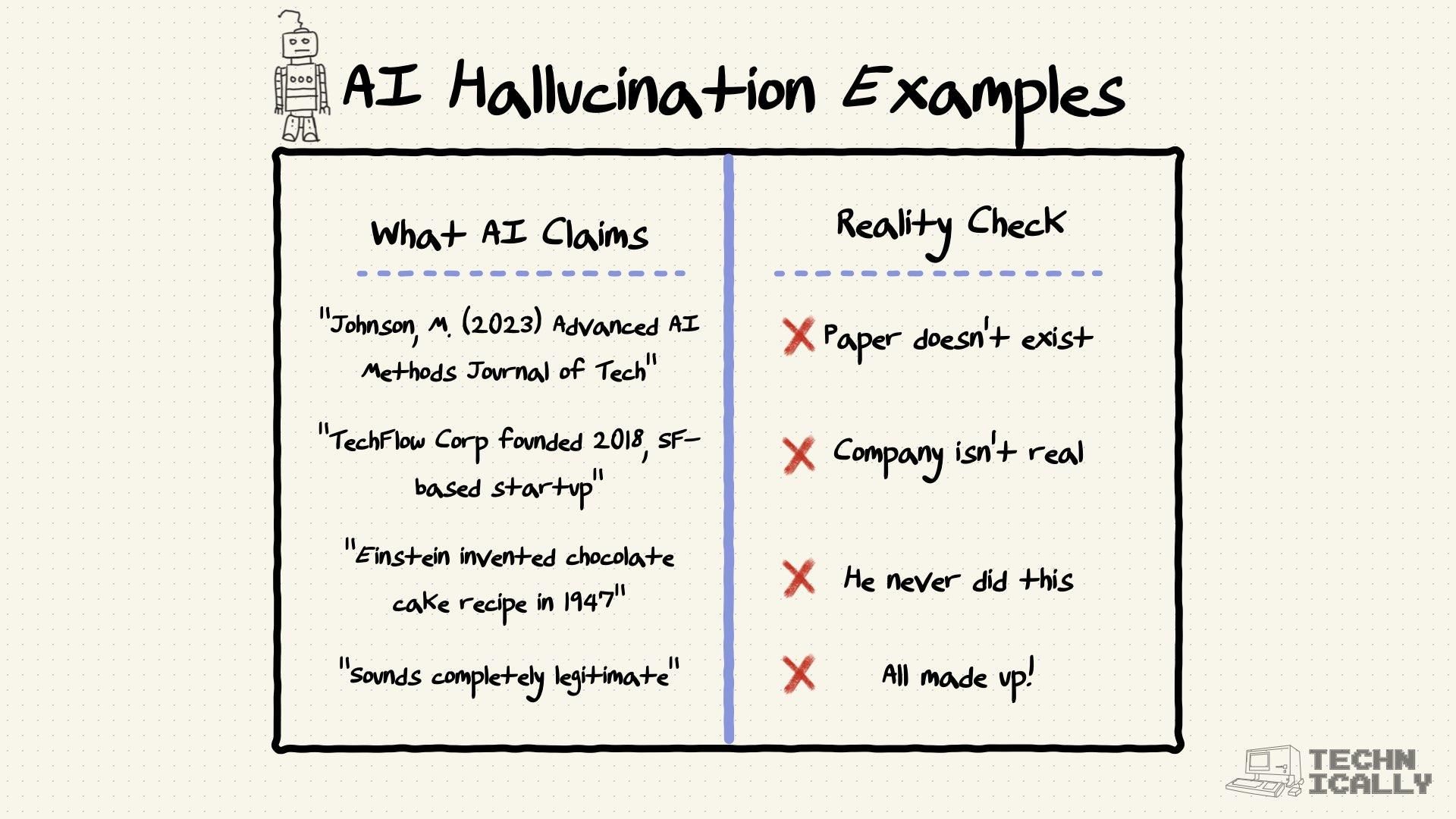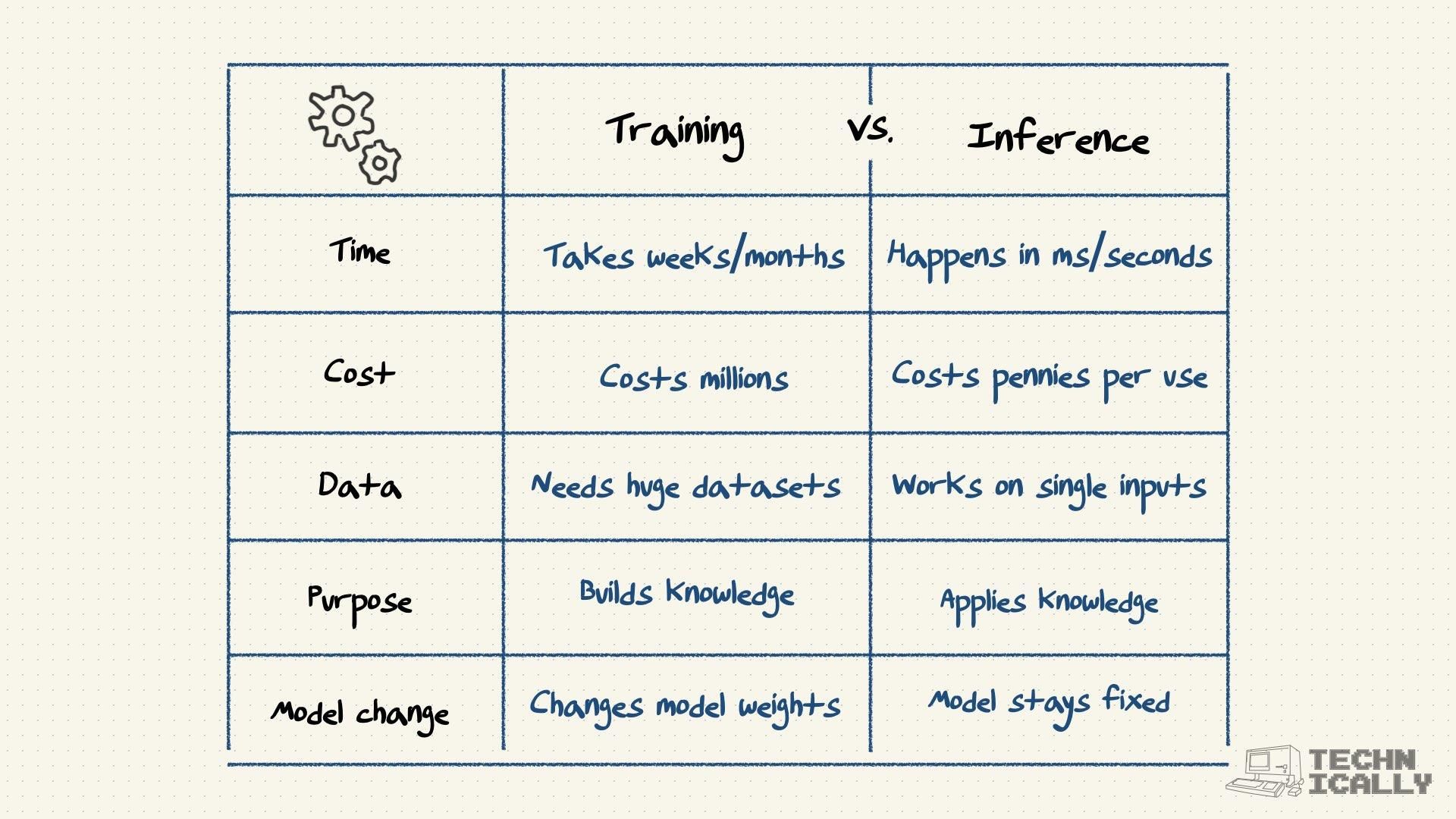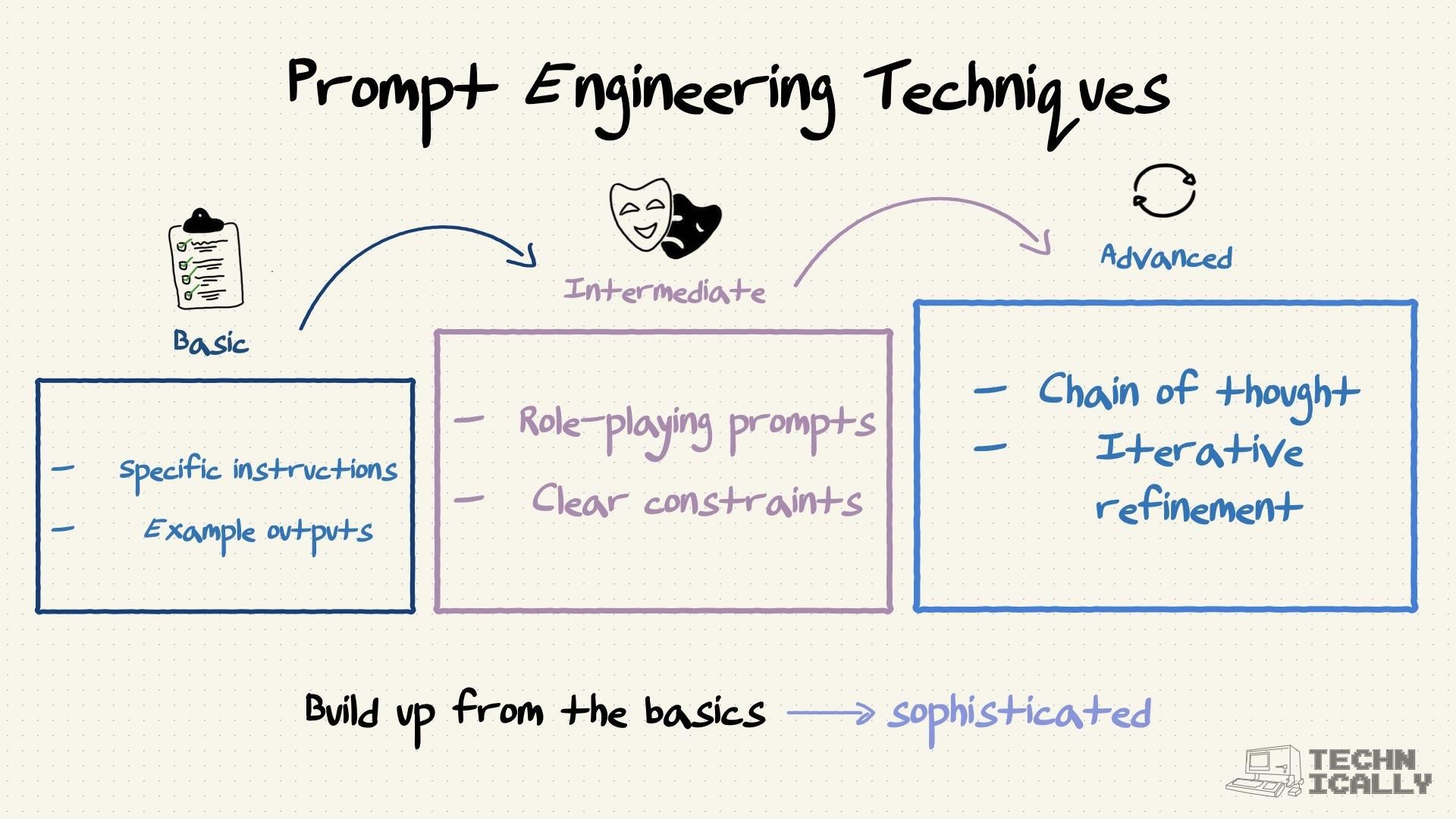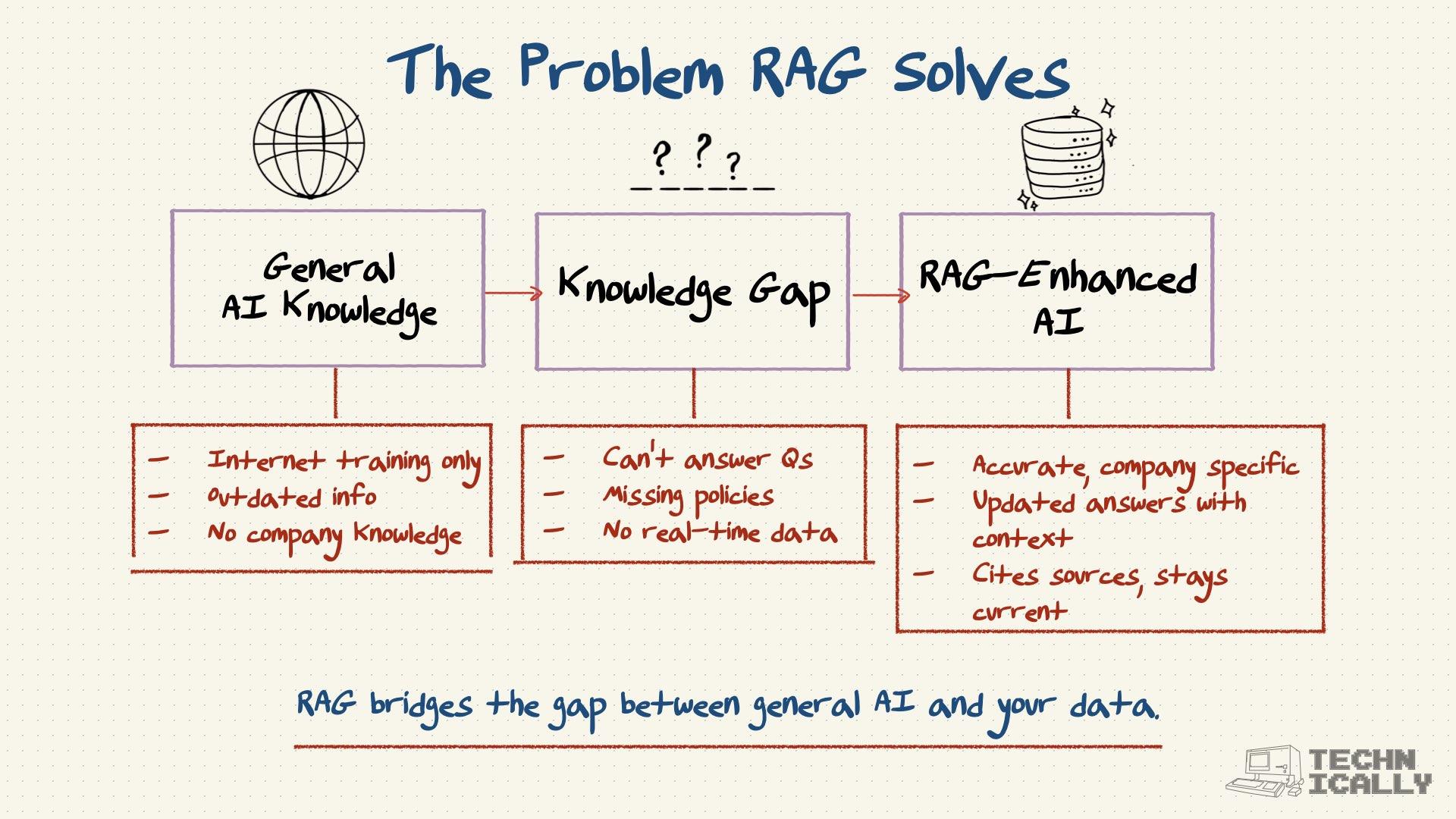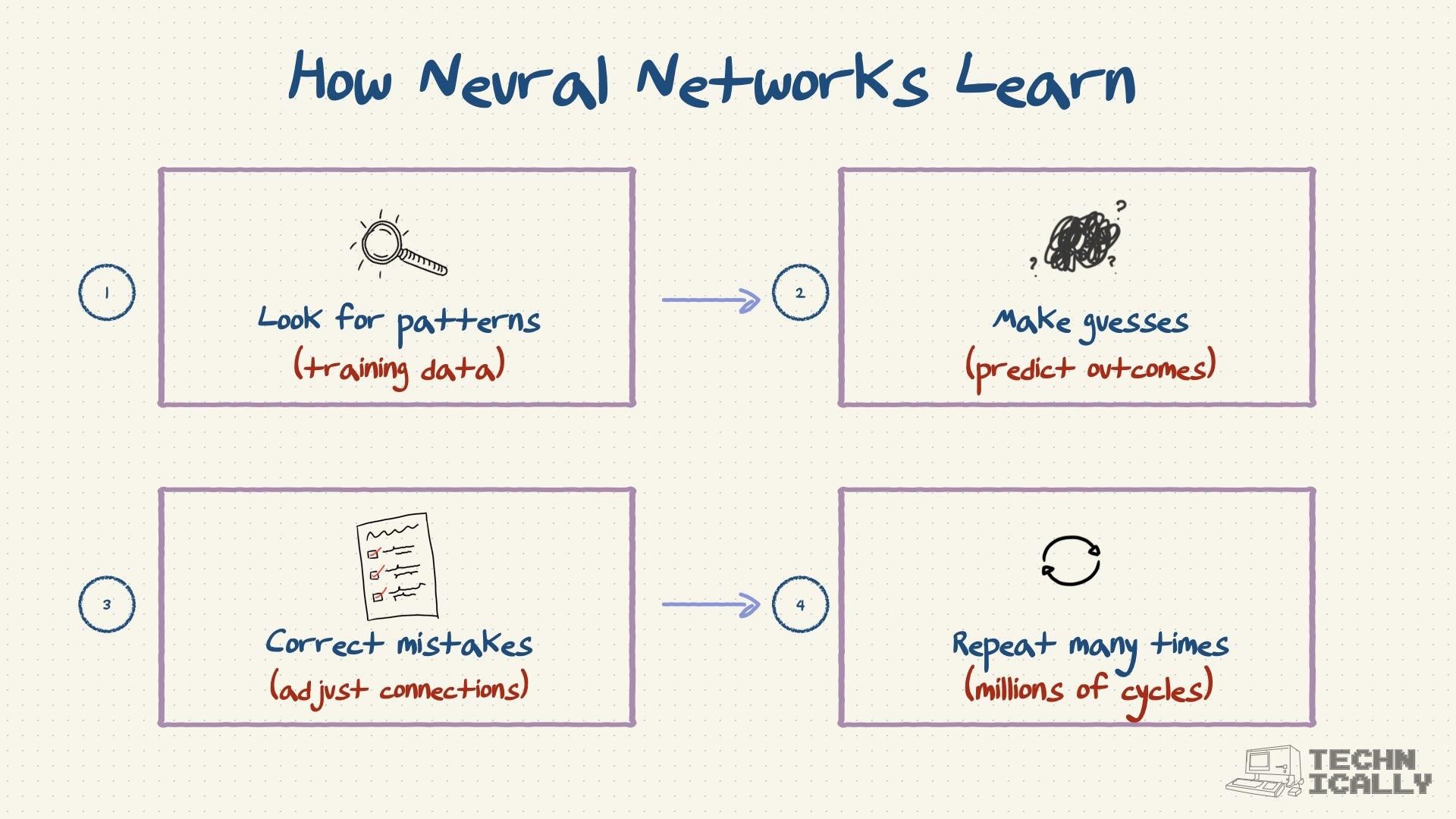The AI Reference
The guide to AI that you've been looking for. Click on any term for an in depth explanation and FAQ (plus diagrams).

Concepts
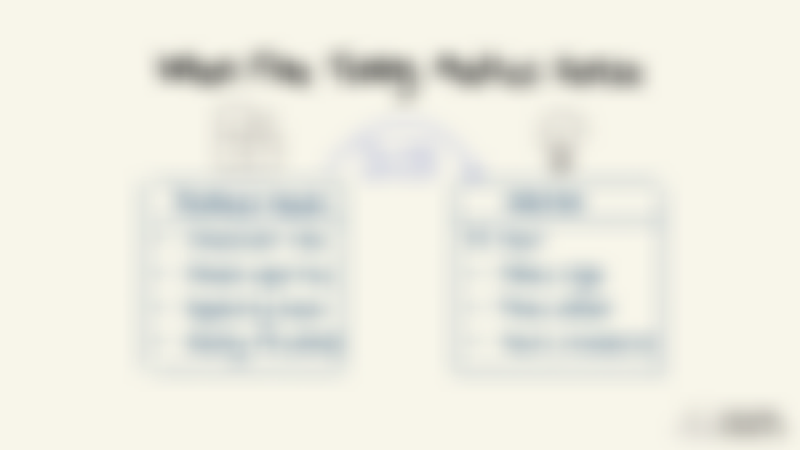
Embeddings
Embeddings are how AI models turn words, images, or other data into mathematical coordinates that computers can actually work with.

Model Parameters
Parameters are the learned "knowledge" stored inside AI models - the numerical values that determine how the model responds to inputs.
Training

Instructional Fine-tuning
Instructional fine-tuning is how you turn a pre-trained AI model – knowledgeable, but useless – into a helpful assistant that actually answers your questions.
Inference
Model Architecture

Transformers
Transformers are the neural network architecture that powers modern AI like ChatGPT, revolutionizing how models process language and other sequential data.
Infrastructure

GPU
GPUs are specialized chips that do thousands of simple calculations simultaneously, making them perfect for AI training.

